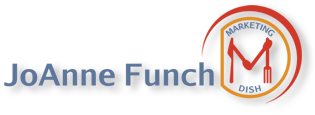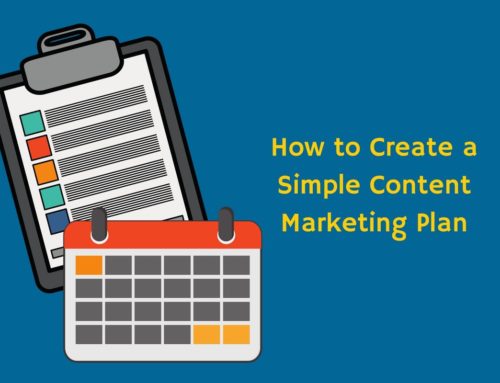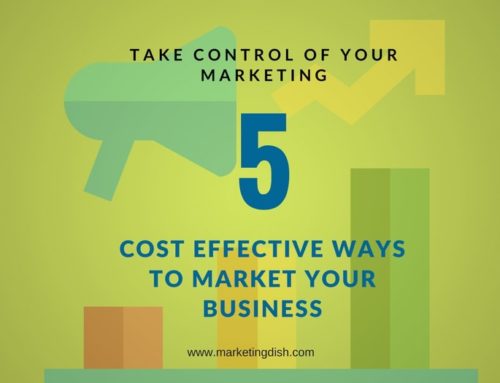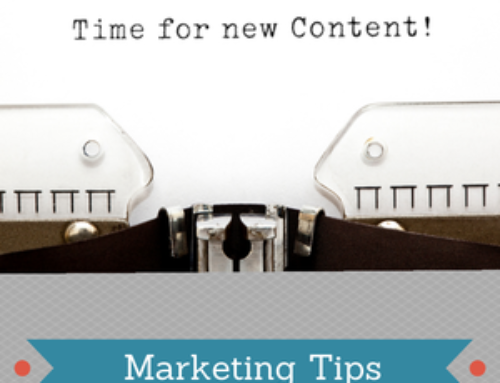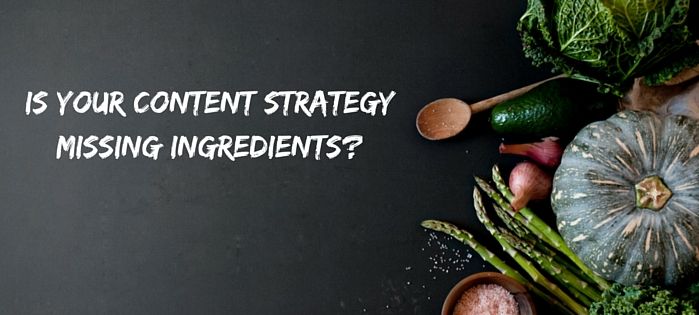
In today’s business world content marketing is what builds the trust and drives leads and ultimately sales. To understand content marketing, you need to understand how we do business has changed. All of us as consumers have digital access to all the information we need to make a buying decision.
Think about the last time you went out for dinner and you were looking for somewhere new to go. Chances are you either asked a friend for a recommendation or you got out your smart phone and did some searching. You may have looked up restaurants on Yelp or Google and scoured the reviews to see what people said before making your decision.
I bought a new car recently and before I ever set foot on a car lot I picked up Consumer Reports and accessed Kelly Blue Book and Edmunds on line to read reviews. Narrowing down the choices I went so far as renting a car on vacation from the rental company that had the make and model I was thinking about buying so I could try it out for a week. I then went to visit car dealers that had the make and model I was looking for in their inventory. I ultimately bought the car from a dealer who offered excellent customer service, who informed me about the details of the car I did not know about and who I felt would take care of me over the life of the car.
People buy from those they know, like and trust
In my car buying example, I bought from the dealer who had earned my trust.
Content marketing can help you build that trust. According to Joe Pulizzi of the Content Marketing Institute “Content marketing is the strategic marketing approach of creating and distributing valuable, relevant and consistent content to attract and acquire a clearly defined audience – with the objective of driving profitable customer action.”
Why do your customers buy from you?
Rather than having a “Pitch and Pray” strategy which is making your generalized content fit everyone who might see it versus creating content that is more strategic and drives value to your ideal audience. If you are not sure what or why your customers do business with you I suggest you survey your clients and ask them specifically by writing down the exact words they use to answer your question. This will be helpful in future marketing and communication. For example if you write a blog and your customer told you they buy from you because you deliver solutions in easy to understand steps, you might write the headline to your net blog post that says “6 easy to understand step to XYZ”
Here are some questions you might want to ask your customers:
– Ask how did you solve their problem?
– What specific results have they gotten working or buying from you?
– What do you do better than the competition?
– Would they buy from you again?
– Would they refer you, if so ask how they would make the referral?
Develop your ideal customer persona
The questions you ask will help you create the ideal customer persona. It is a description of what your ideal client looks like.
Think of your ideal customer as someone with informational needs and your content should answer all their questions in all phases of the buying cycle. In other words, you want to be the ‘go to’ person they come to rely on for information.
By understanding exactly who your most ideal customer is you will now be able to attract with people that are more targeted, no more connecting with everyone hoping someone will be a good fit for you. The sooner we understand that ‘everyone is not our customer’ the more focused on the ones who are ideal become.
Where Are Your Ideal Connections
Once you have identified the idea customer persona, you want to find out where they are located. Are they on social media? Which platforms are they active on?
If you are doing B2B business you probably will be using LinkedIn in which case you can perform searches based on keywords, title, company name, industry and location.
Ingredients to a content marketing strategy
Step 1 is to decide what business goals your content is supporting.
– Increase sales
– Increase brand awareness
– Customer loyalty
– Build authority in your niche
A well-developed content strategy can drive sales, increase your brand awareness, build trust with customers and prospects alike and show you as a thought leader in your niche.
So now that you are clear on the persona of your ideal customer and you know what problems you solve and why people do business with you the next step is to stay top of mind by sharing great content that delivers on-going value to your audience.
What is your brand story?
How will you deliver content that differentiates you and lets the audience know your value proposition? This is defining what you are known for. Share your content in the tone of your brand. If your brand is humorous and you use lots of analogies and funny jargon than that’s how you want to continue to deliver your content. Do you have a tagline or slogan you are known for? Than you want to incorporate that theme into your content.
Why is it important?
Why is your content important to your ideal audience? Remember it is about them, not about you. If you target audience the President of a small business of under 5 million dollars and under 25 employees, what is important to them? Be specific with your answer and you will know what content they will want more of.
What types of content can you share on Social Media?
– Blog posts from your website
– Long form content you can share on LinkedIn’s Pulse platform
– Video
– Images with text
– Curated articles from other sources
Blog posts from your website
Sharing your blog posts in a status update and to your LinkedIn company page if you have one is an ideal place to start. In addition, if you have produced video content you can share that along with your personal reason for sharing it. In other words, let people know what they can expect by taking a moment to read or watch your content.
When posting a blog post from your website, by adding the URL from the website it pulls a thumb nail image from the article and places it in the left corner with a sentence or two from the beginning of the article.
Stand Out With Images
Blog posts are always more appealing with a good image that helps develop your article. With semantic search being at the forefront of SEO, you will want images in your blog post that are at least 699W x 315 H. Your height can be different but not the minimum requirement for the width. I like my images to be less high so it does not take up the entire page above the fold.
Curate Content
If your content strategy contains a mix of original content and content from other sources, you might make a list of resources that support your brand’s identity and brings credibility when you share it. You might also want to set-up a “Google alert” for your topic, this way Google will email you any new articles that are posted on the internet that you might consider sharing.
Don’t post on social media random thoughts or images, rather stay focused on what you want to be known for. There are all sorts of places to find content worth sharing – it could be industry publications, national publications that add credibility to you such as Forbes.
When you read good content I recommend if it is considered evergreen content versus something where timing is relevant than keep a spread sheet with these articles. Posting consistently on LinkedIn keeps you top of mind as a trusted resource.
Share content in a message to clients and prospects
Providing your clients and prospects with content of value via email or social is part of a content strategy. This is a great touch point for staying top of mind. You could send a simple message such as;
Hi John
I found some great insights in this article about XYZ and wanted to share it with you.
Sincerely,
Create a content calendar
To stay on track with your content strategy I recommend you create a calendar or spread sheet. You can use something as simple as a Google document, Excel spreadsheet or a calendar program. If you perform a search online for content calendars you will find many examples. If you have a team working with you you can share documents via Google drive or there are many management platforms online such as Asana. Ideally the best calendar is the one you will use!
Your content builds trust and drives leads when you have a well- defined strategy and are consistent with publishing and posting it.
For additional resources or to talk with me about a content strategy, I am happy to provide a complimentary consultation. Email: joanne@marketingdish.com Phone: 951-902-3263
